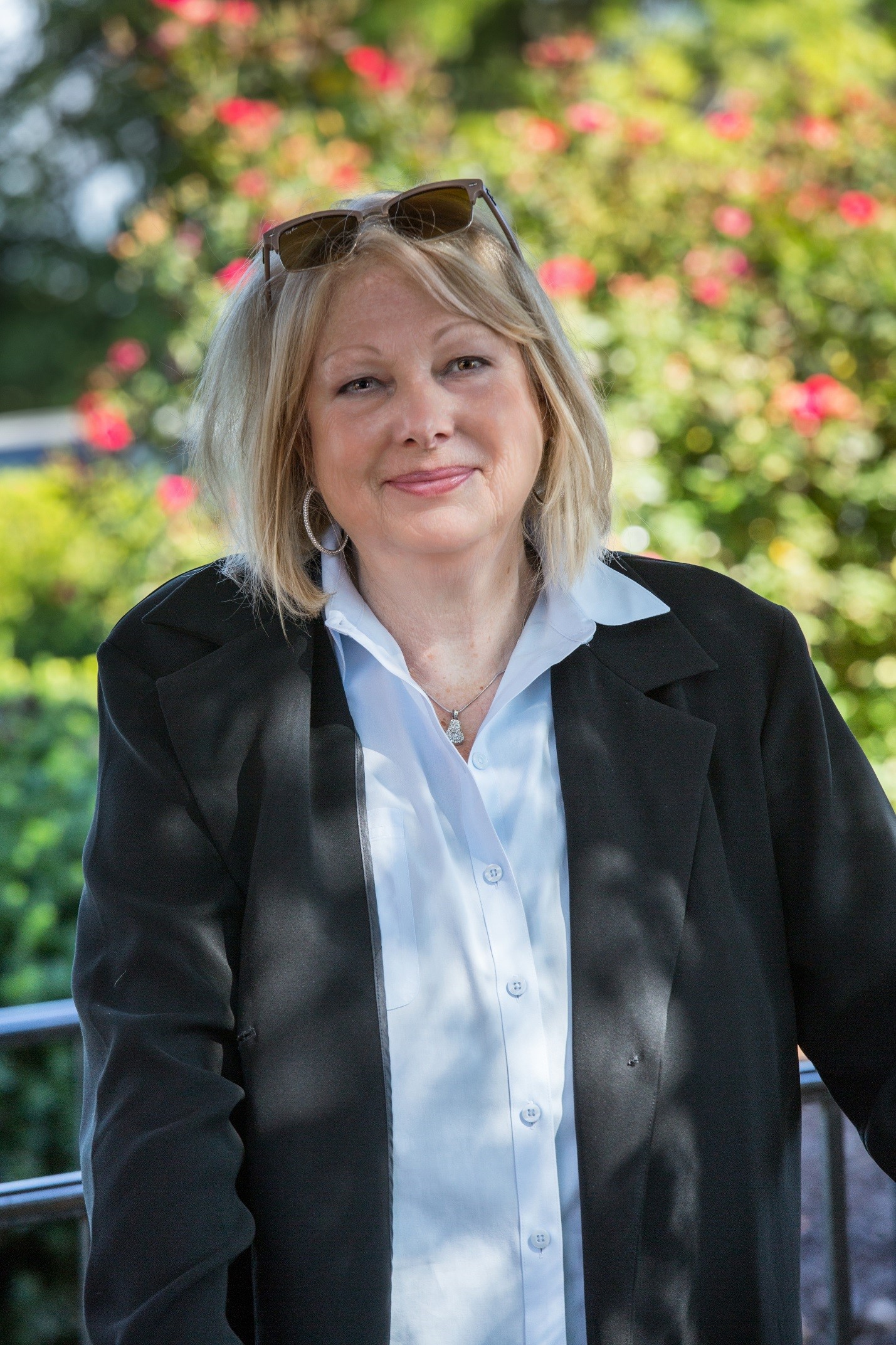This year marks the 10th anniversary of Open Payments, the law that requires pharmaceutical and medical-device firms to publicly disclose payments to physicians who speak about their products. A new study’s conclusion about the law’s effects over that time—that they have been minimal, at best—has elicited a counterargument from a top medical-meetings expert.
That expert is Pat Schaumann, CMP, CSCP, DMCP, HMCC, president of Schaumann Consulting Group and the creator of the Healthcare Meetings Compliance Certificate program. In fact, she started the HMCC course in 2013 specifically because the Open Payments law was to take effect in January 2014, bringing new reporting duties for medical-event planners along with the need for a better understanding of compliance issues.
Schaumann still runs that program, now under the auspices of Meetings Professionals International. More than 5,000 medical-event planners have gone through the HMCC program since its inception. One annual industry event where she conducts the course: Pharma Forum, a conference for life-science planners that's run by Informa, MeetingsNet's parent company.
This article from The Wall Street Journal says that a recent study from Conflixis plus other studies have found evidence that the total amount paid to the physician community—in the form of travel, free meals, honoraria for speaking engagements, fees for consulting work, and others—has not been reduced. Rather, it has slowly risen in the 10 years that the transparency law has been in place, which does not reflect success for its consumer-protection goals.
 However, Schaumann (at right) focuses on another piece of data in a different study from the Journal of the American Medical Association: There are fewer doctors now being paid for such work than in the past. And that is happening for a good reason, she says: “Many life-science companies are bringing in researchers as well as patients and their families to speak more often at HCP events,” which gives the physicians and nurses in attendance a broader understanding of a product.
However, Schaumann (at right) focuses on another piece of data in a different study from the Journal of the American Medical Association: There are fewer doctors now being paid for such work than in the past. And that is happening for a good reason, she says: “Many life-science companies are bringing in researchers as well as patients and their families to speak more often at HCP events,” which gives the physicians and nurses in attendance a broader understanding of a product.
Who’s Using the Database?
The original objective of the Center for Medicare and Medicaid Services’ Open Payments database was for consumers to see whether their doctors are accepting large payments from life-science companies. Also, regulators could use the database to make sure companies were not making repeat payments to physicians for speaking engagements or for attending non-educational events, which could run afoul of anti-kickback laws.
However, consumer usage has not been nearly what was anticipated when the Open Payments law was passed—one study had usage at just two percent of all patients two years after the law passed, and present estimates have usage at less than five percent of all patients.
Furthermore, the Conflixis study notes that “publication of the data may have helped companies sharpen their marketing strategies … companies may be better able to target physicians who are susceptible to influence while avoiding those who are advising on or promoting a competitor’s product.”
While that might be the case, Schaumann stresses that the low usage rate of the database by the general public is something that medical-event planners can help change.
“When they first passed the law, the belief was this public asset would be covered heavily by the media, but that didn't happen,” Schaumann says. If you ask most people, I guarantee you they would have no idea they could check out their doctors. It was just poor marketing by CMS or maybe the Department of Health and Human Services.”
One way for medical associations in particular to step into the breach and help raise the usage rate: Use their public-awareness campaigns to inform patients and their families about the usefulness of the Open Payments database.
As for Schaumann and her mostly corporate-planner audience, she requires her HMCC students to go into the database during class and look up doctors, and “they usually start with the doctors that cause the most trouble at their meetings,” she says. “It’s so revealing that the planners get hooked on it pretty quickly.”
Her main objective, though, is this: “I want them to see that this database is something that is actually produced by them. Planners report the data, and that is where all those numbers come from. [It includes] what was spent on physicians’ honoraria, travel, hotel, food and beverage, and whatever else. So planners should appreciate and take advantage of the site to understand what their competitors are spending on doctors. They should also let other people outside the business know that this database is there for their benefit.”
Overall, “I just think medical-event planners need to understand how important they are to the general public,” Schaumann concludes. “Patients and families couldn't know any of this stuff about their doctors if planners didn't capture and report that data.”





